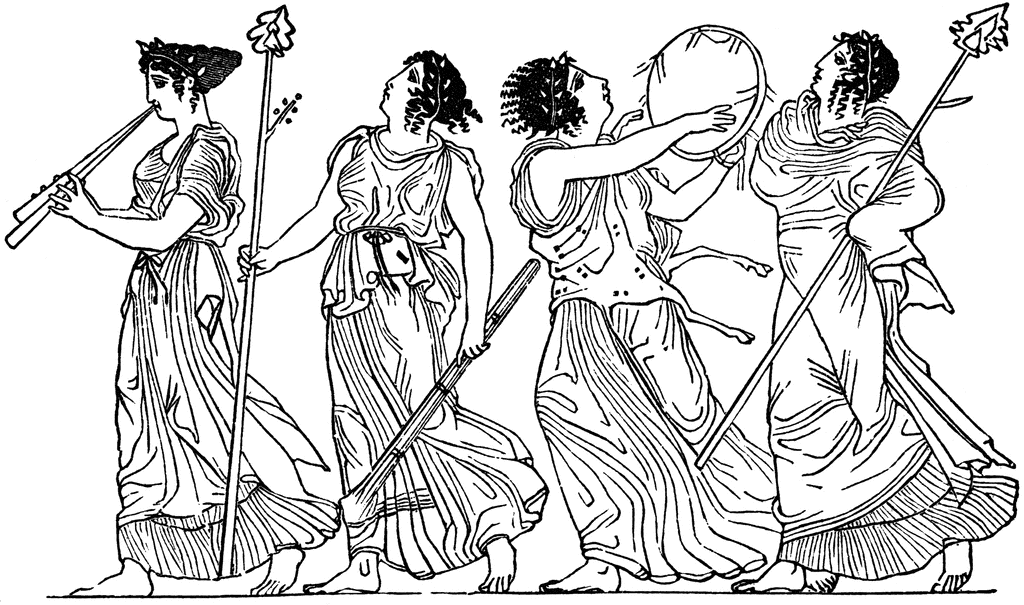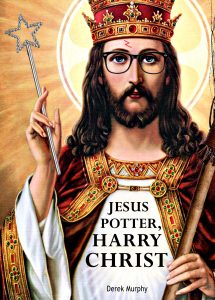I could retitle this “Religion’s history myths” and write about Judaism and the Moslem religions, too, and probably a few others. But it’s safest to stick to what we know best.
I was reminded while writing about the last chapter of Jesus Christ Harry Potter what miserable times inflicted so many in the Roman world that saw the growth and eventual dominance of Christianity. I get the impression that for many people the best means of escape was to escape life completely: celibacy, asceticism and martyrdom were for many the highest ideals one could aspire to in “life”. And one reads the with some pain the intolerance and hatred that sears through so many of the writings of the Church Fathers, and reflects on the brutality that must have accompanied the archaeological evidence of wanton destruction and humiliation of the religious and artistic works of the former era.
As I wrote in my previous post, I can’t help but be reminded of the reasons so many willing martyrs (e.g. suicide-bombers) have been found among certain groups today. When life is thought to be no longer worth living under certain conditions, when personal despair, humiliation, hopelessness, mean that an individual’s “real life” has effectively ended, when all this is so unbearable, some people prefer to swap their physical existence for a symbolic existence. (Compare my review of Ghassan Hage’s Against Paranoid Nationalism).
Martyrs are supposed to be shining beacons through the ages. But how can anyone respect the mentality that produced the letters of Ignatius. Do these express anything more inspiring than pornographic lusts for self-immolation?
The winners write their history, and Christianity’s birth and early growth have been upheld as times of glorious purity and heroism.
There are many sincere and good Christians today as there were then, no doubt. But try as they will to cover or explain away or even rebuke the sins of their brethren, does not their primary allegiance continue to offer a silver lining of respectability for the irrational and the darkness that has been at the core of this religion since the creation of that myth of innocence in the Gospel of Mark.
Like this:
Like Loading...



 In my previous post I quoted John Taylor where he referenced chapter 5 of
In my previous post I quoted John Taylor where he referenced chapter 5 of 

